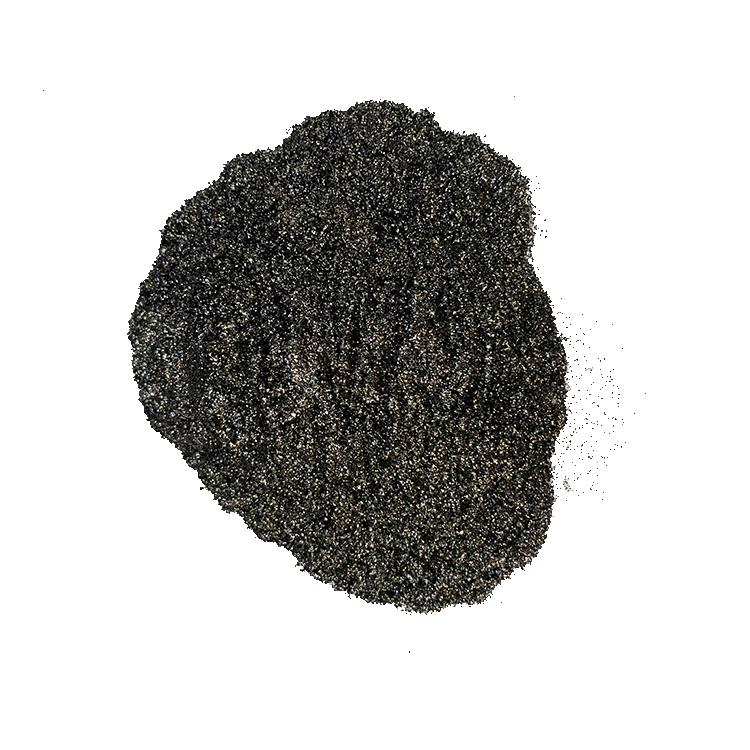Blog
Solemn commitment to quality integrity user first
Types and Application Fields of Battery Materials
With the popularity of electronic products and the development of new energy vehicles, battery materials have become an indispensable part of modern science and technology. What are the types of battery materials currently on the market?
2023-05-18
With the popularity of electronic products and the development of new energy vehicles, battery materials have become an indispensable part of modern science and technology. What are the types of battery materials currently on the market?

Lithium-ion battery is one of the batteries widely used in the market at present, and its material types mainly include lithium cobalt acid, lithium iron phosphate, lithium nickel cobalt manganese acid, lithium titanium acid and so on. The advantages of lithium-ion batteries are high energy density, high energy storage efficiency, and long life. Commonly used materials for nickel-hydrogen batteries are hydride anodes, nickel oxide cathodes, etc. Its advantages are safe to use, no pollution to the environment, long life and so on.
A fuel cell is a battery that converts chemical reaction energy directly into electrical energy, and its material types mainly include potassium hydroxide, sodium hydroxide, sodium boric acid, etc. Fuel cell has the advantages of low pollution, but its application range is still relatively limited. The types of sodium ion battery materials include sodium sulfide, sodium phosphate, etc. The advantages of sodium-ion batteries are that they are relatively inexpensive and have a long service life.
Nano-battery material is a kind of battery material that has developed rapidly in recent years. Its advantage is that it can improve the energy density and life of the battery. With the development of science and technology, the types of battery materials are also increasing and improving, and the use of batteries will be more extensive in the future, bringing greater convenience and development space.
Batteries are one of the indispensable items in our daily lives, and the performance of batteries depends on the quality and type of battery materials. Mainly include:
It is one of the most widely used battery materials, mainly including cathode materials, anode materials and electrolytes.
It has a history of more than one hundred years, mainly including positive active materials, negative active materials and electrolytes.
It has the characteristics of high energy density and long life, mainly including positive electrode materials, negative electrode materials and electrolytes.
It is a low-cost battery material, mainly including zinc anode, manganese oxide cathode and electrolyte.
The application fields of battery materials are also very wide, mainly including:
At present, lithium-ion battery materials are widely used in the field of energy storage, such as solar and wind energy storage systems, electric vehicles and so on.
Widely used in small electronic devices, such as laptops, mobile phones, etc.
Widely used in military fields, such as missiles, radar and so on.
Widely used in daily life, such as flashlights, remote controls, etc.
With the continuous progress of science and technology, the research and development of battery materials are also advancing, but also face some challenges:
The stability and safety of material properties need to be continuously improved.
Development of new battery materials, such as solid-state battery materials, lithium-sulfur battery materials.
The preparation and characterization of materials are carried out by applying new technologies.
Battery materials also have a certain impact on the environment, such as lead-acid battery materials contain harmful substances, which will pollute the environment. Therefore, the environmental protection of materials is also an important aspect of battery materials research.
In short, there are many types of battery materials and a wide range of applications, but they also face some challenges. The continuous research and development of battery materials will further promote the continuous innovation and upgrading of battery technology.
RELATED INFORMATION

